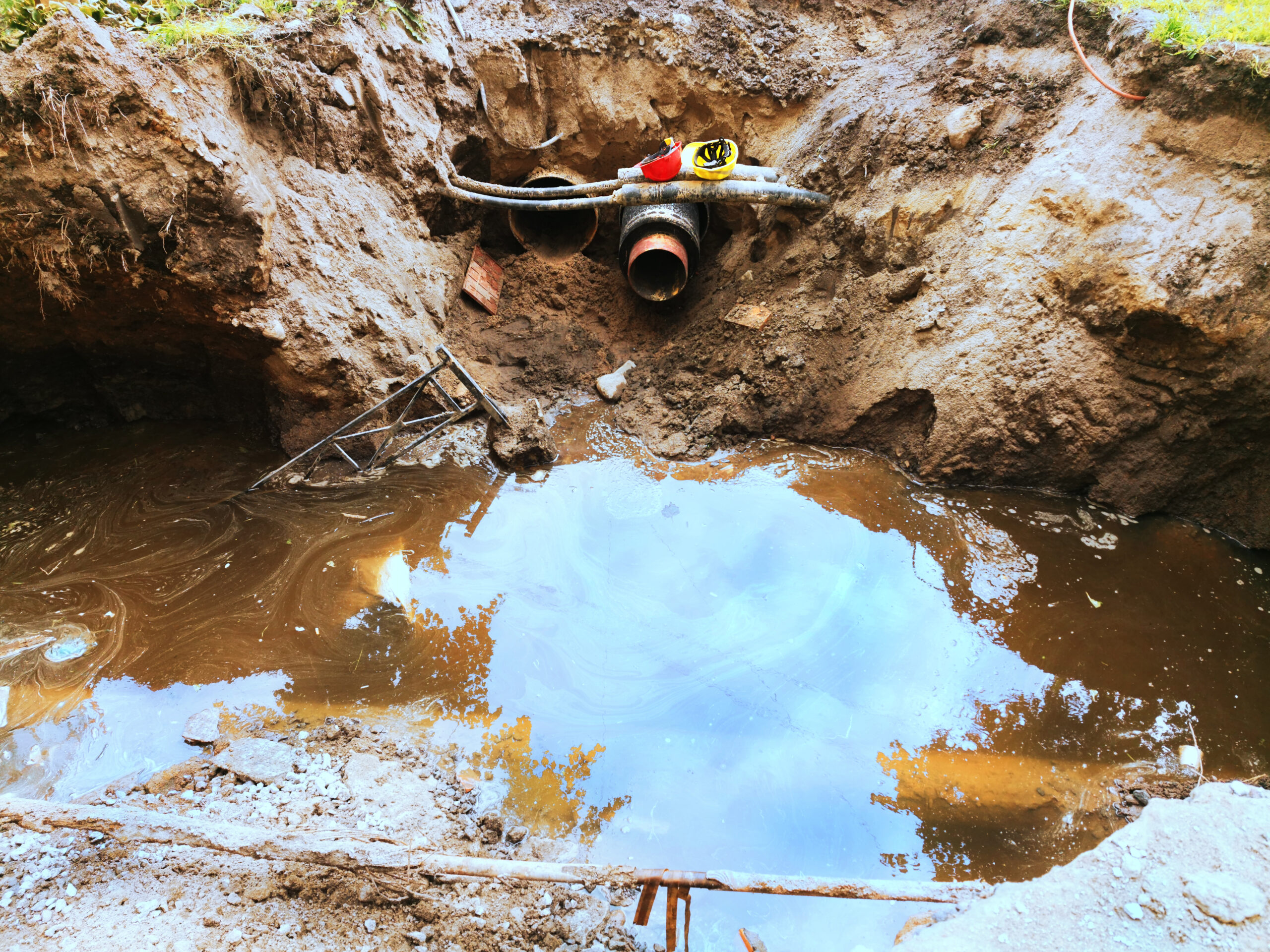
What are Some Common Reasons Sewer Lines Fail?
sewer lines fail for a variety of reasons. One of the most common causes of sewer line failure is tree root intrusion. Tree roots can grow into sewer lines and cause blockages that lead to sewer line failure. Another common cause of sewer line failure is corrosion. Sewer lines can be made of a variety of different materials and over time, these materials break down, eventually leading to sewer line failure. Soil erosion is another common cause of sewer line failure. When the soil around the sewer lines erodes, it can damage the sewer lines and cause them to fail. Finally, sewer lines can fail due to ground movement. If the ground around the sewer lines shifts or settles, it can damage the sewer lines and cause them to fail. All of these are common reasons that your sewer line might have failed.
How can you tell if your sewer line needs repair?
If you suspect that your sewer line needs repair, there are a few telling signs to look out for. One of the most common indicators is sewage backup. This can occur when wastewater starts to flow back into your home through drains or toilets. Another sign that your sewer line may be failing is slow draining pipes in the home. This can happen when tree roots have infiltrated the sewer line and are blocking the flow of water. If you notice either of these signs, it’s important to call Shaw Trenchless right away for a for a free sewer video inspection or estimate. Sewer line repair is a complex and messy job, so it’s best left to the professionals. With their help, you can get your sewer line back in working order in no time.
What are the potential consequences of failing to address a sewer line issue?
Failing to address a sewer line issue can have several potential consequences. First, it can lead to a backups and overflows, which can cause irreparable damage to your property and belongings and create unsanitary conditions. Second, it can create a much larger and more costly issue that can affect not only you, but your surrounding neighbors and community if not addressed immediately. Third, it can allow untreated sewage to enter the environment, contaminating groundwater and posing a health risk to anyone in the surrounding area. Finally, it can result in additional costly repairs as City, County and State regulations begin to advance their regulatory monitoring of sewer lines and take measures into their own hands if not handled in a timely manner, as failed sewer lines often need to be completely replaced even though the signs may not be as obvious to a home or business owner. By taking steps to address sewer line issues as soon as they arise, you can avoid these potential consequences and get your property back to its originally designed condition, with a much longer lifetime.
How much does it typically cost to repair or replace a sewer line?
Sewer lines are an essential part of any home or business and is a vital piece to the proper operation of the property, which is in many cases the largest investment that home and business owners ever take, but they can also be one of the most expensive components to repair or replace in a home or business. In many cases, trenchless sewer repair is the best option because it doesn’t require digging up and open trenching the entire line. Instead, a single minimal access point is created or an existing one is used and a new pipe is inserted. The cost of trenchless sewer repair varies depending on the severity of the damage, but it is typically less expensive than traditional methods. In some cases, trenchless sewer repair can even be done without having to replace the entire line. For example, if only a small section of the pipe is damaged, a patch can be placed over the hole. This method is often used for repairs that are not currently covered by insurance. As you can see, there are a variety of options available for repairing or replacing a sewer line or making smaller repairs. The best option for you will depend on the extent of the damage, what requirements your City or County has in place, and your overall budget.
Are there any ways to prevent your sewer line from failing in the first place?
Sewer pipe lining is one of the most effective ways to prevent your sewer line from failing. Pipe lining creates a new pipe within the existing pipe, without having to excavate to reach the pipe in the traditional manner. This speeds up the installation process and minimizes disruptions to your property. Pipe lining is also less expensive than traditional pipe repair methods. In addition, pipe lining is less likely to fail than traditional pipe repair methods and has a 50-year life expectancy. As a result, pipe lining is in most cases, the best way to prevent your sewer line from failing.
Shaw Plumbing is here to help. If you are experiencing any of the symptoms mentioned in this blog post, please call us today to schedule a sewer line inspection and estimate. We want to make sure that your home or business is safe and healthy, and we will work quickly to get your sewer line or general plumbing back up and running smoothly and in the best working condition it’s ever been. Thank you for reading and be sure to check back soon for more helpful tips from Shaw Plumbing!
